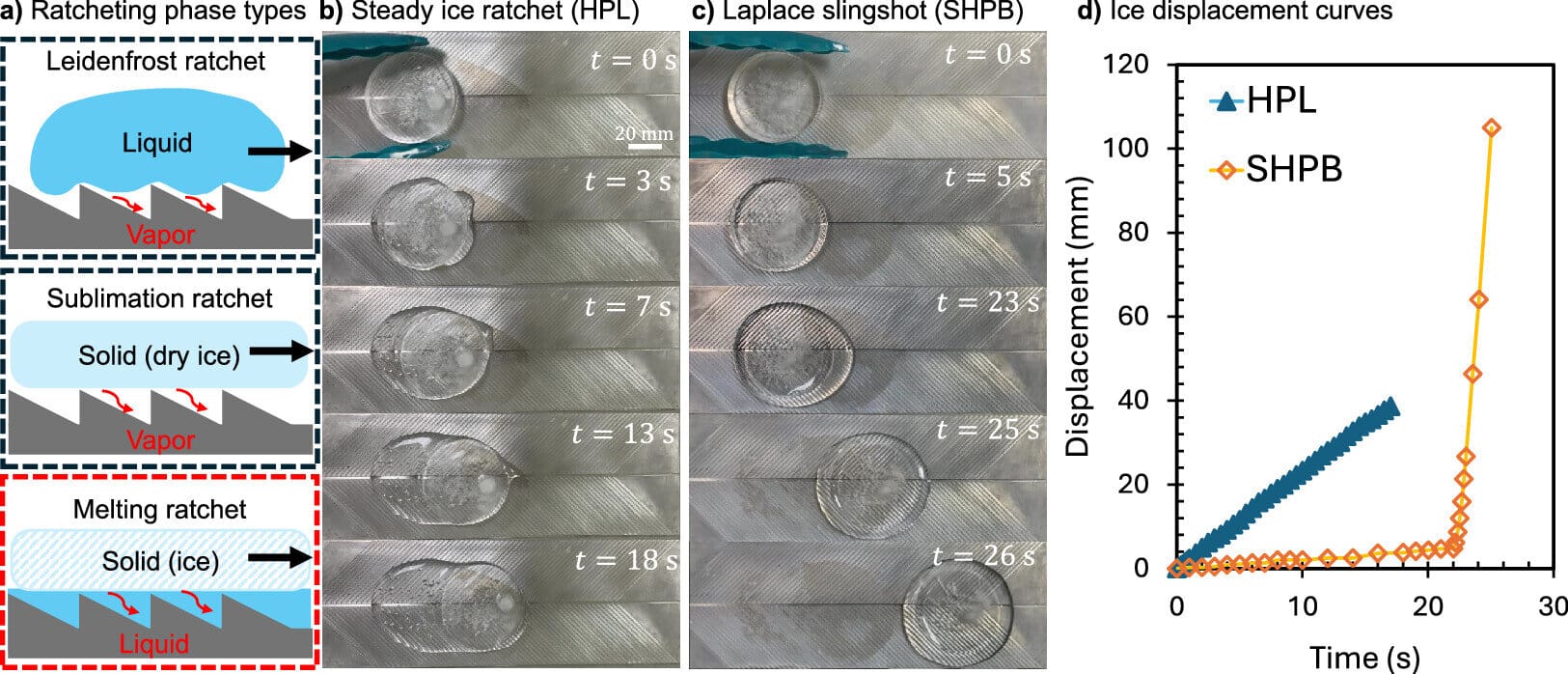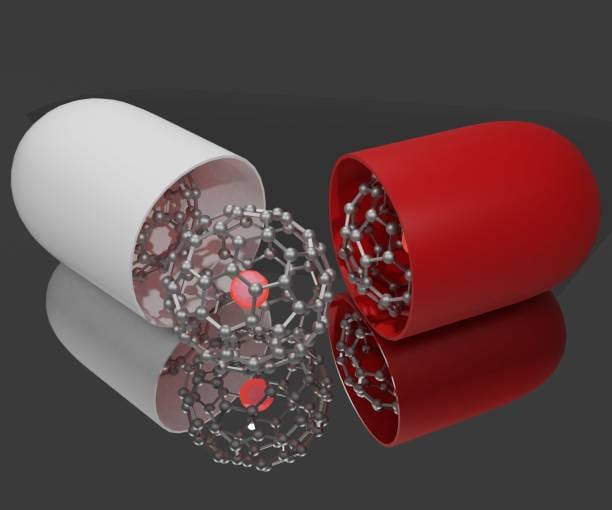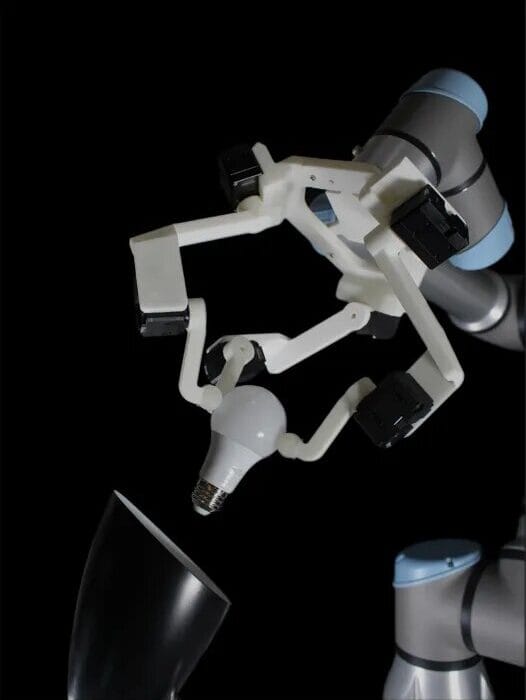Imagine placing a block of ice on a flat surface and watching it slide away on its own, no hands, no wind, no tricks. It sounds like something out of a magic show, but it’s a reality created by scientists at Virginia Tech. A research team led by Jonathan Boreyko has engineered a new kind of surface that allows ice disks to glide freely as they melt.
This discovery isn’t just a scientific curiosity. It could lead to breakthroughs in everything from faster defrosting systems to self-cleaning technologies and even new methods of generating green energy.
Inspired by Nature’s “Sailing Stones”
The inspiration for this work comes from one of nature’s strangest spectacles: the mysterious “sailing stones” of Death Valley, California. For decades, these large rocks puzzled geologists because they seemed to move across the desert floor, leaving long trails behind them.
The phenomenon was eventually explained: thin sheets of ice form on the desert playa when rainwater freezes overnight. As the sun rises, the ice begins to melt, and a light breeze pushes the ice sheets forward, dragging the rocks with them. It’s a rare but powerful reminder of how simple natural processes can create extraordinary effects.
Borrowing from this natural event, Boreyko and his colleagues wanted to see if they could recreate the same kind of effortless motion for ice—only without needing any wind to push it.
Engineering Motion from Melting
After five years of work, the team succeeded. Their solution was surprisingly elegant: a specially designed aluminum plate with microscopic V-shaped grooves arranged in a herringbone pattern.
When ice disks—frozen in Petri dishes—were placed on the plate, the grooves channeled the meltwater in a single direction. Instead of spreading randomly, the water formed tiny flows that gently pushed the ice forward. Because the grooves prevented water from flowing backward, the ice kept sliding along the plate.
To test further, the scientists also coated some plates with a water-repellent layer. This created a startling effect: instead of smoothly gliding, the ice disks initially stuck, then suddenly shot across the surface like tiny frozen rockets.
Beyond the Lab Bench
The implications of this research stretch far beyond the laboratory. As the team wrote in their paper published in ACS Applied Materials & Interfaces, the ability to make ice move passively—without motors, wind, or external power—could open new doors in technology.
One promising use is passive de-icing. Airplane wings, wind turbines, and power lines often accumulate ice that must be mechanically removed or melted with expensive heating systems. Surfaces inspired by this research could instead shed ice automatically as it melts, saving energy and improving safety.
Another potential use lies in microfluidics, the science of moving small amounts of liquid through tiny channels. Self-guided ice could become a way to transport fluids in miniature lab-on-a-chip systems without pumps or external controls.
Perhaps the most exciting possibility is energy harvesting. By designing the plates in circular patterns, scientists could create endlessly rotating ice disks. With magnets or turbines attached, the motion could be converted into electricity—using nothing but the natural process of ice melting.
A Future Powered by Melting Ice?
While still in its early stages, the research sparks the imagination. Could we one day see devices powered by melting ice, or aircraft wings that never need to be de-iced? Could cold regions harness their own frozen landscapes for sustainable energy?
Jonathan Boreyko and his team believe that this is only the beginning. What started as a curiosity inspired by wandering desert rocks may end up shaping technologies of the future.
As Einstein once said, “Look deep into nature, and then you will understand everything better.” In this case, nature’s drifting stones have guided scientists toward a new frontier where even something as ordinary as melting ice holds the power to move, clean, and create energy—without a single push.
More information: Jack T. Tapocik et al, Self-Propelled Ice on Herringbones, ACS Applied Materials & Interfaces (2025). DOI: 10.1021/acsami.5c08993






